Description
The Longnose Hawkfish, scientifically known as Oxycirrhitus typus, is a visually striking fish. It has an elongated body with a maximum size reaching up to 5 inches (12.7 centimetres). The body is predominantly red, often with intricate patterns and markings. The distinctive long snout gives it its common name.
Taxonomy:
The Longnose Hawkfish belongs to the family Cirrhitidae, which consists of hawkfish species. It falls under the genus Oxycirrhitus and is specifically classified as Oxycirrhitus typus.
Natural Habitat:
Longnose Hawkfish inhabit rocky reefs and coral-rich areas in their natural habitat. They are typically found in the Indo-Pacific region, including the Indian Ocean and the western Pacific Ocean. Their natural habitat provides ample hiding spots among coral formations and crevices.
Keeping Longnose Hawkfish Healthy:
Keeping Longnose Hawkfish healthy requires attention to their specific care requirements. They are generally considered to be of intermediate care level, requiring a well-maintained aquarium with stable water parameters. Adequate filtration and regular water changes are essential for their well-being.
Special Requirements and Feeding:
Longnose Hawkfish are carnivorous and primarily feed on small crustaceans and invertebrates in the wild. In captivity, they can be offered a varied diet consisting of live or frozen meaty foods such as small shrimps, mysis shrimp, and chopped fish. It is important to ensure a balanced diet to meet their nutritional needs.
How Many Should I Keep?
Longnose Hawkfish are solitary and territorial by nature, so it is recommended to keep them individually or in mated pairs. Multiple Longnose Hawkfish may result in aggression and territorial disputes.
Lighting Preference:
Longnose Hawkfish do not have specific lighting preferences. They can thrive under moderate to high lighting conditions commonly found in reef aquariums.
Suitable Tank Mates:
Longnose Hawkfish are generally peaceful towards other tankmates but may display aggression towards smaller, more passive fish. They can be kept with larger, semi-aggressive or peaceful species that are not easily intimidated or outcompeted for food.
Reproduction in the Wild:
In their natural habitat, Longnose Hawkfish, scientifically known as Oxycirrhitus typus, engage in a reproductive process to ensure the survival of their species. Reproduction in the wild involves several stages, including courtship, spawning, and rearing of the offspring.
Breeding Oxycirrhitus typus:
- Set up:
Breeding Longnose Hawkfish in captivity requires careful preparation. A separate breeding tank with suitable water conditions and hiding spots should be set up. The temperature of the water should be maintained at around 77 to 82 degrees Fahrenheit (25 to 28 degrees Celsius), and the pH level should be kept between 8.1 and 8.4.
- Courtship/Spawning:
Courtship behaviour begins with the male Longnose Hawkfish displaying vibrant colours and engaging in a courtship dance to attract a female. Once a pair is formed, they engage in spawning, where the female releases eggs and the male fertilizes them externally. Spawning typically occurs in the early morning hours.
- Rearing:
After spawning, the fertilized eggs will float in the water column. It is important to provide a suitable environment for the eggs to develop. The eggs will hatch into larvae after a few days, and they will require microscopic food such as rotifers and copepods for nourishment. As the larvae grow, their diet can be transitioned to small live or frozen foods.
Sexual Dimorphism:
Longnose Hawkfish do not exhibit significant sexual dimorphism, meaning there are no distinctive physical differences between males and females. Both genders share similar appearances and characteristics.
Distribution:
Longnose Hawkfish, Oxycirrhitus typus, are naturally distributed throughout the Indo-Pacific region, including the Red Sea, East Africa, and the central Pacific islands. While some individuals may be available as captive-bred or line-bred strains, the original fish can be found in their respective wild habitats in the mentioned regions.
Summary:
In summary, Longnose Hawkfish, scientifically known as Oxycirrhitus typus, engage in a reproductive process involving courtship, spawning, and rearing of the offspring in their natural habitat. Breeding them in captivity requires a separate breeding setup with appropriate water conditions. These fish do not exhibit significant sexual dimorphism, and they are naturally distributed in the Indo-Pacific region. It is worth noting that these fish are primarily found in the wild, although captive-bred or line-bred strains may be available.
The Fish pictured here are representative only and the livestock you receive may vary in pattern, coloration, and shape.

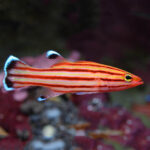
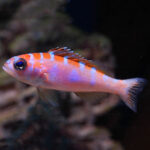
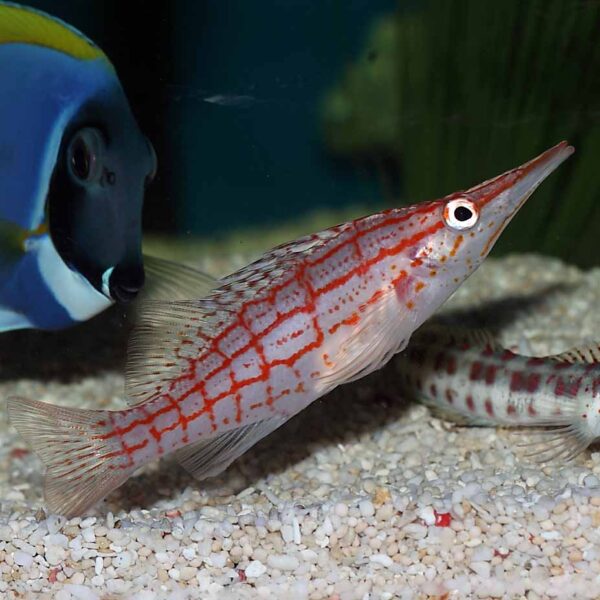

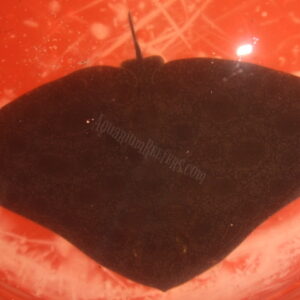
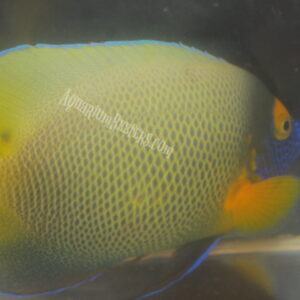
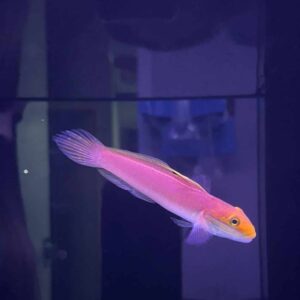

Reviews
There are no reviews yet.